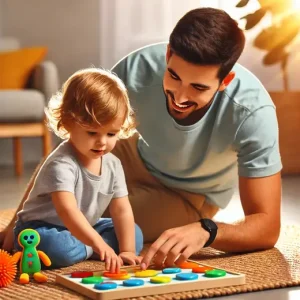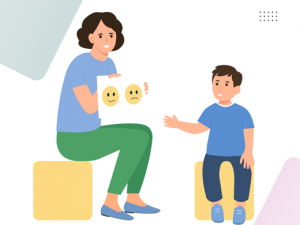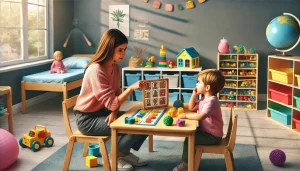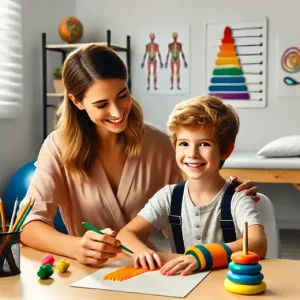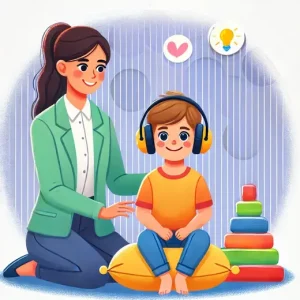Appropriate seating and positioning required for children using AAC methods
By Prapoorna M
Last Updated: November 27, 2021
Children and adults who have severe speech impairments frequently have problems controlling their posture and extremities, which affects their ability to use augmentative or alternative communication. Both aided and unaided AAC approaches require sufficiently skilled movement of a hand, an eye, or another body part, which can be difficult for people who have cerebral palsy, amyotrophic lateral sclerosis (ALS), traumatic brain injury (TBI), and many other conditions. One factor that can affect motor performance is body position. Position may also influence a person’s communication and opportunities for interaction.

Using AAC methods:
Successful use of AAC nearly always depends on the quality of the team approach to assessment and intervention. When an AAC user has problems with motor control, an occupational therapist or physiotherapist can often provide valuable inputs.
Their contribution includes the following:
- To determine whether a person is likely to have the motor control necessary for unaided modes of communication, such as manual signs or gestures.
- To identify body sites and movements to control AAC devices
- Determine position and features of position devices to promote optimal neuromusculoskeletal benefits and use of devices.
- Design an AAC system that best matches the motor abilities of the individual.
- Designing strategies to promote the development of motor control for all components of the AAC system.
Candidacy for the assessment of evaluation of seating and positioning:
People who use AAC have many different medical diagnoses; most of which result from congenital or acquired central nervous system pathology and related physical disabilities. The type and severity of the motor problems depend on the location and extent of the brain damage or malformation.
Major symptoms are the following:
Muscle tone changes:
It involves increased tone which is commonly seen in the extremities and low muscle tone in the trunk. High muscle tone makes it difficult to produce voluntary movements as in spasticity and rigidity. Problems related to low muscle tone are inadequate postural control, inadequate static balance, and difficulty applying force.
Primitive reflexes:
Neonatal reflexes such as sucking reflex, grasping reflex, automatic stepping reactions, and ATNR disappear at different times of infancy. Reflexes that are persistent and easily produced after specific developmental ages are a signs of neurological disability. Muscle tone change and primitive reflexes are considered to be neuromuscular problems.

Deformities:
It can have many causes and this leads to a tendency to adopt habitual postures of one part of the body. This results in an inability to move a joint through its full range of motion. A deformity may partially or totally limit movement in a specific direction. The primary cause of contractures and positional deformities is muscle imbalance. Deformities and joint contractures are musculoskeletal problems secondary to neuromuscular impairments. Prevention of this is through the positioning that maintains the body in alignment opposite the pull of more active muscles.
Dyscoordination:
Lesions in the basal ganglia of the brain can cause movement disorders such as Athetosis and Dystonia. Movement disorders are characterized by an impairment of postural fixation of the trunk and by the presence of involuntary movements during muscle activation. These
involuntary movements occur mostly in the face and limbs. There is also impairment of balance.
Seating and Positioning
Seating:
This refers to all of the seats and their components that assist people in maintaining a sitting position. It includes ordinary seats that people use every day such as couches and car seats and specialized seats designed to enhance the function of people with disabilities, such as adapted chairs
and wheelchair seats.
With our bodies we experience and learn, we communicate and act. Body language is often a reflection of a person’s state of mind. For people dependent on a wheelchair can be thought of as a body orthosis, or brace, that creates the physical base for an ever-changing, ever-growing person. The wheelchair is a very important base. Seating positioning not only impacts physical well-being but also makes optimal motor function possible and thus affords greater opportunities for success in daily activities, including communicating with others.
Positioning:
This means placing and maintaining a person in sitting, side-lying, standing, prone, or other postural alignment. A seat is one type of positioning device. Standers, side-lying, and prone positioning are other types of positioning devices. In good Posture, your weight is evenly distributed with no muscle overworking which enables you to do the task you want with the least fatigue. The classic upright sitting posture with hips and knees at a right angle, feet flat, and trunk more or less vertical. Alternative postures such as forward leaning, are being proposed for tasks such as writing, and a slightly reclined posture is desired by many when relaxing.
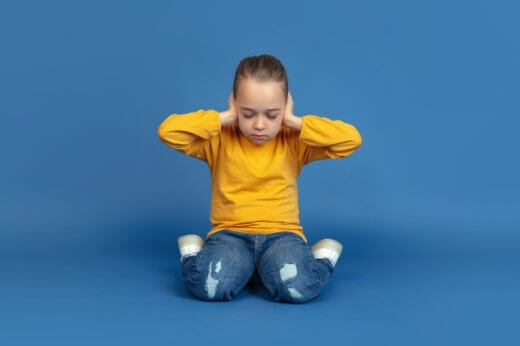
Goals of optimal seating and positioning
- To improve function, comfort, opportunities to participate in a variety of activities and environments, and prevention of musculoskeletal problems.
- To improve postural alignment and stability
- To improve motor control
- Head, trunk, and foot control
- To prevent or minimize contractures and deformities
- To improve sensory and bodily functions
- To improve attention and arousal.
Optimal seating and positioning require vision and head control for balancing. The body always strives to maintain the eye in horizontal positioning. The eyes are an important part of the control mechanism for maintaining balance because they provide information about body position in space. If we move or lose balance, the eyes automatically send signals that initiate a response from muscle groups to maintain or regain balance. The head and neck influence the distribution of muscle tone throughout the body and therefore have a strong influence on posture and movement.
Book your Free Consultation Today
Parent/Caregiver Info:
Client’s Details:
* Error Message
